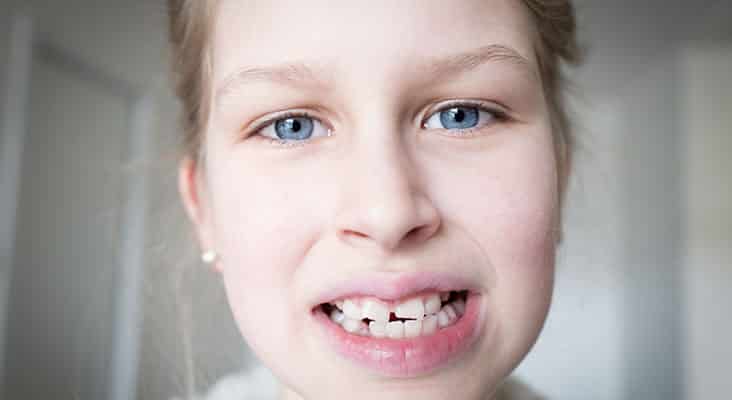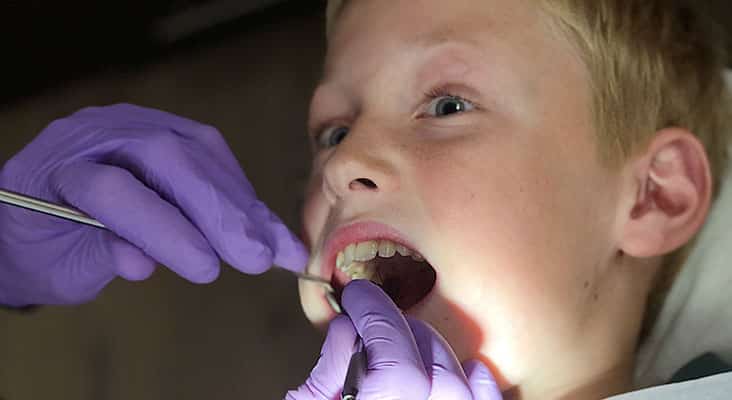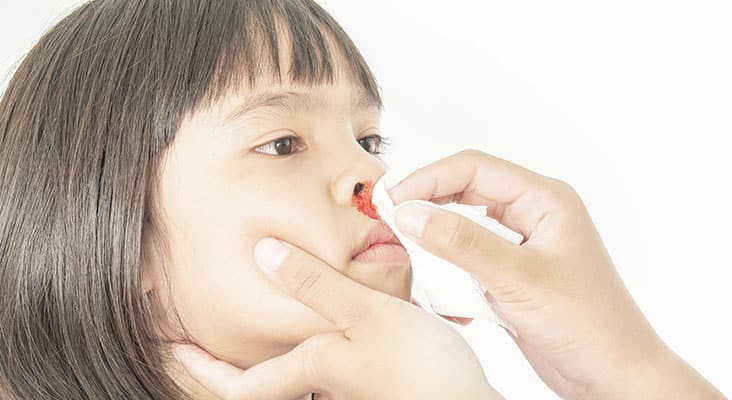Addressing Youth Traumatic Dental Injuries
On average, one-third of the global population is affected by traumatic dental injury (TDI) before the age of 35.

On average, one-third of the global population is affected by traumatic dental injury (TDI) before the age of 35. TDIs can affect the oral cavity, face, and sometimes the head and neck. As 85% of all oral injuries are traumatic, they tend to occur unexpectedly and are often the result of unavoidable risk factors such as falls, sports-related injuries, and accidents. Worldwide, the incidence and mortality rates of bodily injuries varies among certain groups, with rates being higher for those younger than 24. Variations in these rates are reflected in behavioral, socioeconomic, and cultural diversity, but are also due to a lack in standardized TDI registration and classification used in the literature.
Photo Credit: Evgeny Eva-Foreman / iStock / Getty Images Plus

Rates of Injury
Nationally, the rate of dental trauma varies between age groups, genders, and socioeconomic environments. Children age 2 to 3 are at high risk for TDI due to falls while learning to walk and developing coordination. Falls are the most common cause of injury in primary teeth. Sports-related injuries are the second most common cause of TDIs, affecting 25% of those age 8 to 14. Participation in sports increases the risk for TDIs due to falls, collisions, contact with hard surfaces, and contact from sports-related equipment. High-risk sports include American football, baseball, basketball, softball, soccer, hockey, ice hockey, lacrosse, martial arts, rugby, and skating. In the United States, baseball accounts for the most dental injuries experienced among those age 7 to 12, and basketball has the highest rate among those age 13 to 17. Bicycles, trampolines, riding equipment, and playground equipment also increase the risk for TDIs in children. Other risks are bicycle accidents, traffic accidents, and physical violence.
Photo Credit: Pornpak Khunatorn / iStock / Getty Images Plus

Signs and Symptoms
A TDI can manifest with bleeding from the oral soft tissue or the actual tooth socket. Bruising or swelling of the soft tissue at the site of trauma may occur. Dental injuries can involve a single tooth or multiple teeth. One or more teeth could be involved and the entire tooth or half the tooth could be avulsed from the socket, or pieces of the tooth could be chipped off and missing. The tooth could be displaced (luxated) or mobile in the socket and the person may complain of pain or sensitivity to the site of trauma. Luxation injuries are most common in primary teeth, and typically have favorable outcomes. However, avulsions are the most traumatic and severe form of TDIs and have less favorable outcomes.
Photo Credit: Pollyana Ventura / iStock / Getty Images Plus

Administer First Aid
First aid for TDIs can be administered by anyone. Oral health professionals should educate those involved with youth on how to handle dental injuries to improve prognosis and treatment outcomes. When a TDI occurs, the child may be crying, upset, or in shock. Blood may be present from the mouth and face and teeth may be fractured, displaced, or missing. The first step is to ensure that the child is conscious and alert. If the child is experiencing a medical emergency, call 911; these include neck injuries, shock, neurological manifestations, nausea and vomiting, uncontrolled bleeding, compromised airway, and aspiration of teeth or tooth fragments. If the child is alert and the need for immediate medical help has been ruled out, the next step is to stop the bleeding and wash off any blood from the face, lips, and oral cavity. Applying pressure to the area of bleeding can help slow or stop the bleeding. After the bleeding has been controlled, a thorough examination of the orofacial region must be completed. Gently palpate and examine the head, neck, and face. Advise those administering first aid to take note of any bleeding, swelling, fractures, bruising, range of motion issues, tenderness, or pain and to observe levels of arousal, headache or head pain, and refer for dental emergency care immediately.
Photo Credit: Anton Shulgin / iStock / Getty Images Plus

Dental Treatment
The International Association of Dental Traumatology (IADT) guidelines for management of dental injuries provide a detailed reference for treating primary and permanent teeth, and can be found at: iadt-dentaltrauma.org. Depending on the type and severity of injury, treatment may range from smoothing chipped or rough edges to root canals to replanting an avulsed permanent tooth. All repositioned teeth should be splinted with a flexible splint for at least 1 week to 5 weeks depending on the severity of the injury. A flexible splint can include bonding teeth together, or fabricating an occlusal mouthpiece to hold teeth in place. Prescribing antibiotics or antimicrobial mouthrinses should be considered when evaluating for infection and assessing the circumstances surrounding the injury. Appropriate follow-up should be based on the presentation of injury and referrals should be made accordingly. Post-assessment and treatment communications should be verbal and in writing to the patient and parent/caregiver. The information should describe the treatment, prognosis, expected complications, and need for follow-up. Additionally, all communicated information should be documented in the patient’s clinical notes.
Photo Credit: wilpunt / iStock / Getty Images Plus

Preventing Injury
As sports are one of the leading causes of TDIs, the American Academy of Pediatric Dentistry recommends the use of protective gear, including a modified custom mouthguard when engaging in high-risk sport activities. A mouthguard is an intraoral barrier that protects the teeth and soft tissues from bruising and lacerations, crown and root fractures, luxations, and avulsions. Mouthguards protect the jaw from fracture and dislocation and provide support for edentulous spaces. When forceful impact to the face or jaw occurs, the mouthguard acts as a cushion to redistribute the shock of impact and stabilizes the mandible. A properly fitted mouth guard of 3 mm thickness can absorb enough force from a blow to the jaw to prevent a concussion.

